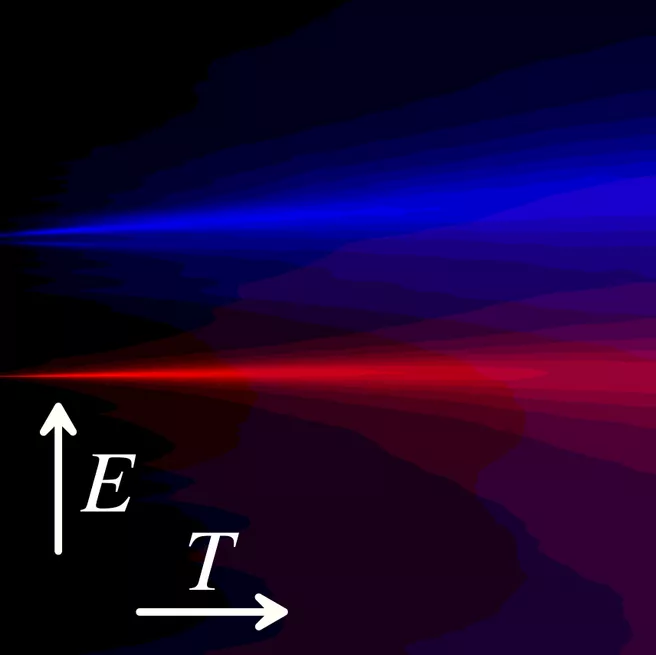If you look into a crystal at the atomic level, physics expects that atoms oscillate pure, as pure as the sound of a tuning fork. However, in extreme cases they actually vibrate rather impurely, like a drum that is beaten. A drum oscillation is short, while the tuning fork seems to oscillate forever. "At high temperatures the idealized idea is not correct, even if it is easy to calculate", explains Dr. Michael Leitner, main author of the TUM publication.
This deviation from the idealized idea is called the anharmonicity of phonons. It alone is the reason for both the thermal expansion of materials and the finite thermal conductivity of crystals. A microscopic theory of phonon-phonon scattering has existed since the 1960s and is applied to the theoretical prediction of thermal conductivities of materials by widely used software packages.
The scientists led by deputy scientific director of MLZ and FRM II, Dr. Jürgen Neuhaus, took pure aluminum as a "simple metal" with an exemplary character, as Leitner says, to investigate this anharmonicity. The TUM scientists measured the lifetime of the oscillations, i.e. whether they "sound" more like the sound of a drum or a tuning fork, with the help of neutrons on the three-axes spectrometer PUMA. At the same time, their colleagues from the Max Planck Institute used enormous computational effort to calculate the same lifetime without simplifying assumptions.
"This is one of the first theoretical and experimental investigations to show that the previous standards are not applicable in this way," says Michael Leitner. Particularly at the temperatures around the melting point of aluminum, at approx. 630°C, the displacements of the atoms is so large that the theories and calculation bases for thermal conductivity developed for low temperatures are no longer suitable. In their publication, the physicists present a different approach to calculating the phonon life times that is more suited to the situation.
Further experiments with other metals will show whether even the existing software for calculating thermal conductivities has to be rewritten. At higher temperatures, Leitner suspects, this may well be the case.
Original publication:
A. Glensk, B. Grabowski, T. Hickel, J. Neugebauer, J. Neuhaus, K. Hradil, W. Petry, and M. Leitner
Phonon lifetimes throughout the Brillouin zone at elevated temperatures from experiment and ab initio
Phys. Rev. Lett. 123, 235501(2019)
DOI: 10.1103/PhysRevLett.123.235501"
